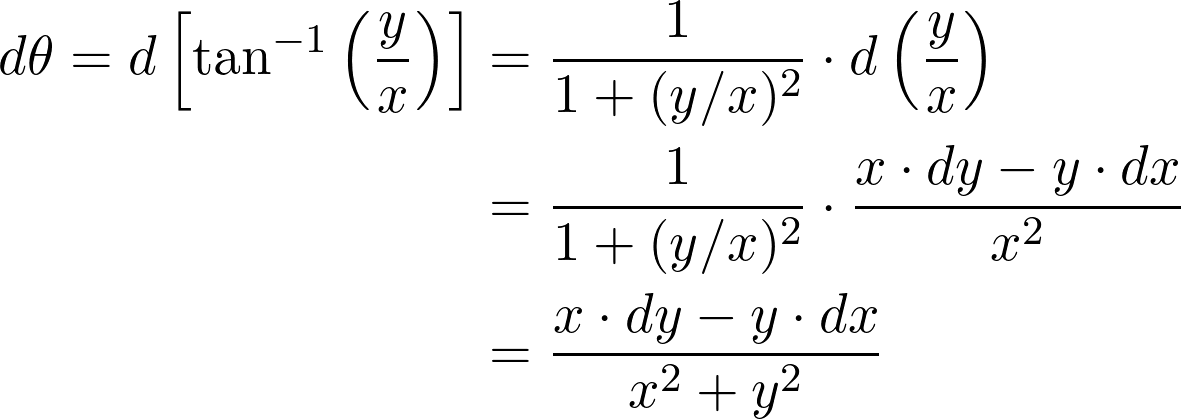Another Derivation of Euler’s Fabulous Formula
Leonhard Euler (15 April 1707–18 September 1783) was a Swiss mathematician, who is considered to be one the greatest mathematicians of all…

Leonhard Euler (15 April 1707–18 September 1783) was a Swiss mathematician, who is considered to be one of the greatest mathematicians of all time. He is also considered to be the most prolific mathematician ever, who wrote more than 500 books and papers during his lifetime, filling more than 90 volumes, comprising of over 25000 pages!
It would be impossible for us to pick out his most important work, but one of his most celebrated results is:

where i = √-1. This formula is known as the Euler’s Formula. In his famous Feynman Lectures on Physics, Richard Feynman called it “the most remarkable formula in mathematics”.
There are many ways in which this formula can be obtained. One of the simpler ways is to expand the right hand side as a power series in θ, and then a simple rearrangement of terms will lead to a power series, which turns out to be equal to the power series expansion of the quantity on the left hand side. In this article we are going to see another way to obtain this formula where we do not use the power series method.
Deriving Euler’s Formula
Imagine that there is a point P in a plane, represented by the coordinates in the Cartesian system as:

We can use basic trigonometry to write the coordinates of P as,

From these equations, we can easily obtain the following -

Now, we differentiate this equation as,

We use the fact that i = √-1 or i² = -1, and we factorize the denominator as,

and we get:

We can separate the terms in the numerator, and write this as,

This expression can be simplified considerably by using the method of partial fractions. Let us decompose the first term as,

A simple algebraic manipulation will give us the following equation:

By comparing the coefficients of x and y on both sides, we get the following conditions:

which gives us:

Similarly, we can write:

from which we get:

Upon comparing the coefficients of x and y, we would obtain:

Finally, using all these values of the constants, the original equation now becomes:

This form has the advantage that all the terms in the denominator are linear.
We can now multiply both sides by 2i, and collect terms with same denominators to get:

We now integrate this equation, and obtain the following result:

By looking at the following diagram,

we can see that when y→0, we get θ→0. This means that we can use this condition to obtain the integration constant as,

So, the final result becomes:

In terms of exponential function, this can be re-written as,

On the right hand side, we can multiply the numerator and the denominator by (x+iy), to get:

Next, we take the square root on both sides, to get:

Finally, with the help of the previous diagram, we can use trigonometry to arrive at the required result:

We do not claim that this method of deriving Euler’s formula is among the simplest ones, but it hopefully presents an interesting alternative.
First published in https://physicsgarage.com on May 30, 2020.





